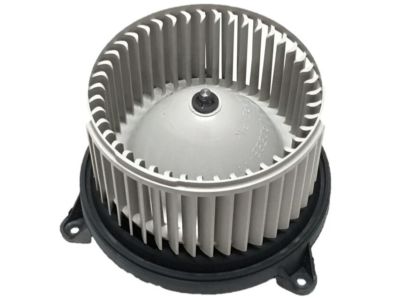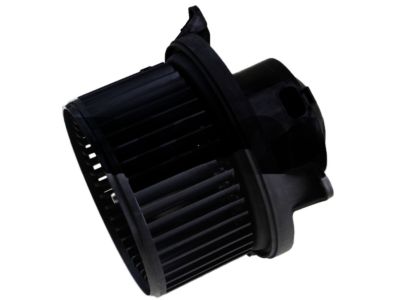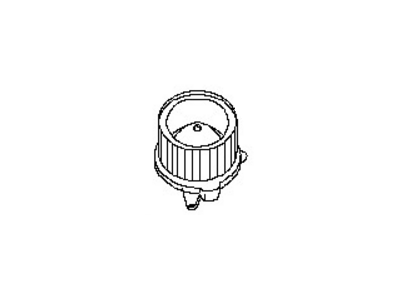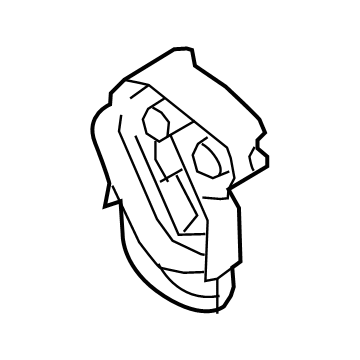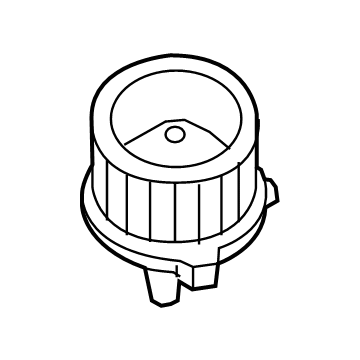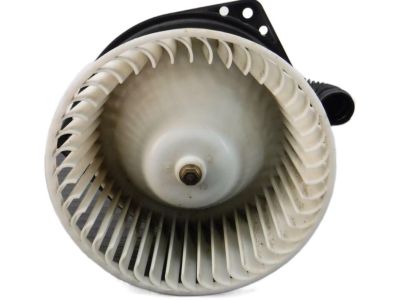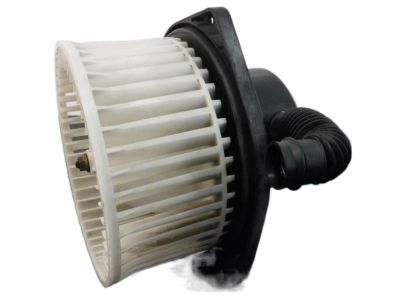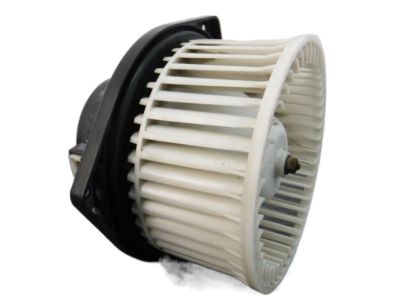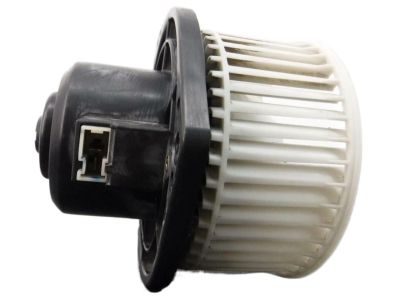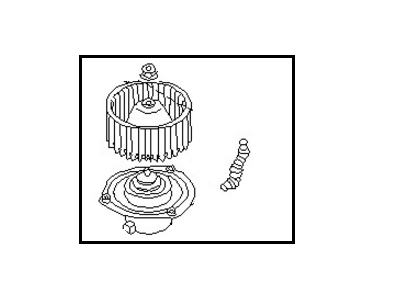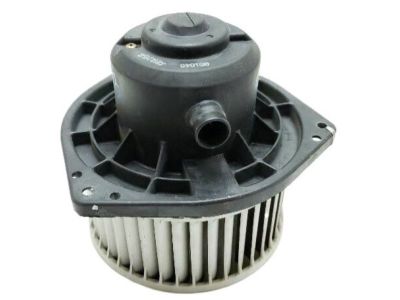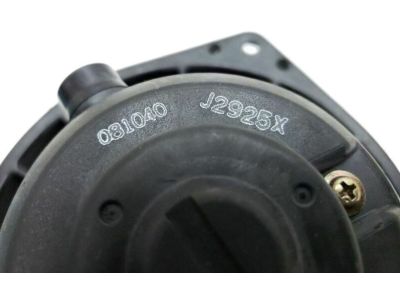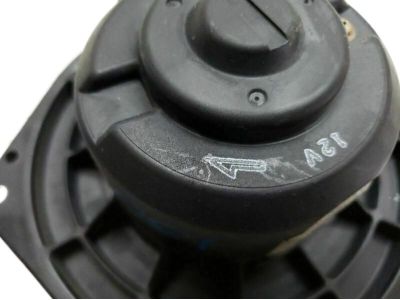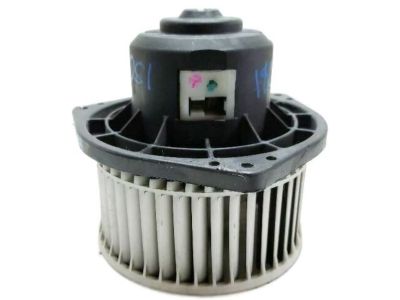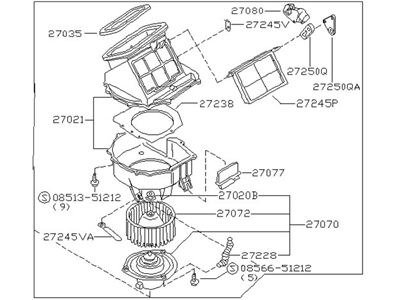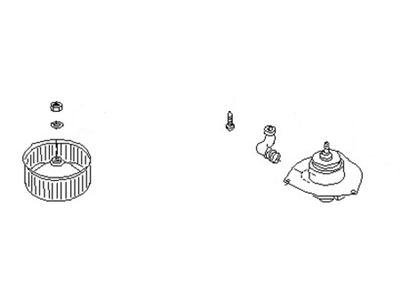×
- Hello
- Login or Register
- Quick Links
- Live Chat
- Track Order
- Parts Availability
- RMA
- Help Center
- Contact Us
- Shop for
- Nissan Parts
- Nissan Accessories

My Garage
My Account
Cart
Genuine Nissan Frontier Blower Motor
A/C Heater Blower Motor- Select Vehicle by Model
- Select Vehicle by VIN
Select Vehicle by Model
orMake
Model
Year
Select Vehicle by VIN
For the most accurate results, select vehicle by your VIN (Vehicle Identification Number).
13 Blower Motors found

Nissan Frontier Motor Assy-Blower
Part Number: 27226-EA010$136.32 MSRP: $201.85You Save: $65.53 (33%)Ships in 1-2 Business DaysNissan Frontier Motor Assy-Blower
Part Number: 27226-EA000$115.14 MSRP: $166.75You Save: $51.61 (31%)Ships in 1-3 Business DaysNissan Frontier Blower Assy-Front
Part Number: 27220-6RF0B$258.15 MSRP: $364.62You Save: $106.47 (30%)Ships in 1-3 Business DaysNissan Frontier BLOWER ASSY-FRONT
Part Number: 27220-6RF1D$202.28 MSRP: $285.70You Save: $83.42 (30%)

Nissan Frontier Blower Motor
The Blower Motor in Nissan Frontier is the unit of car heating and air conditioning systems that is used to supply warm or cooler air in the interior of a vehicle. Depending on the climate control system of the vehicle, it may employ only one Blower Motor or two of them. In specific, the Blower Motor is the one that powers the fan for the circulation of air meant for heating or cooling the interior of the car. The Blower Motor plays a critical role of regulating the internal environment of Nissan Frontier vehicles hence its proper functioning is crucial.
If you need any OEM Nissan Frontier Blower Motor, feel free to choose them out of our huge selection of genuine Nissan Frontier Blower Motor. All our parts are offered at unbeatable prices and are supported by the manufacturer's warranty. In addition, we offer quick shipping to have your parts delivered to your door step in a matter of days.
Nissan Frontier Blower Motor Parts Questions & Experts Answers
- Q: How to troubleshoot addressing issues related to blower motor speed and operation in a Nissan Frontier's heating and cooling system?A:If the blower motor speed does not correspond to the setting selected on the blower switch, or the blower motor does not operate at all, the problem could be a bad fuse, relay, switch, blower motor resistor, blower motor or blower motor circuit wiring. Always check the fuse and the blower relay first, then remove the glove compartment and lower dash trim to gain access to the heater case and blower motor. With the ignition key in the ON position, turn the blower switch to the faulty position(s) and, using a test light or voltmeter, check for voltage at the motor electrical connector. If the motor is receiving voltage but not operating, either the motor ground is bad (on these models the blower switch and resistor are part of the ground circuit) or the motor itself is faulty or the fan is binding. To check the fan, disconnect the electrical connector from the blower motor and connect a jumper wire between the ground wire terminal on the blower motor and a good chassis ground, then connect a fused jumper wire between the battery positive terminal and the positive terminal on the blower motor. If the motor now operates properly, the ground circuit or the blower resistor are bad. If the motor does not operate, the fan is either binding or faulty. To check the blower motor fan is binding, remove the blower motor. If the ground circuit to the motor is bad, check the blower resistor for continuity between the terminals. If any checks indicate infinite resistance, replace the blower resistor and retest the ground circuit. To check the blower speed switch, unplug the electrical connector from the blower switch and check the continuity across the indicated switch terminals with an ohmmeter. If continuity isn't as specified, replace the switch.
- Q: How to remove and replace a blower motor in a Nissan Frontier's heating and cooling system, along with associated components?A:Disconnect the cable from the negative terminal of the battery. Remove the glove compartment and lower dash trim to gain access to the heater case and blower motor. Detach the blower motor vent hose and disconnect the electrical connector from the blower motor. Remove the blower motor mounting screws, and pull the blower motor carefully out of the housing. If replacing the motor, detach the fan and transfer it to the new motor. Installation is the reverse of removal. Run the blower and check for proper operation.
Related Nissan Frontier Parts
Browse by Year
2024 Blower Motor 2023 Blower Motor 2022 Blower Motor 2021 Blower Motor 2020 Blower Motor 2019 Blower Motor 2018 Blower Motor 2017 Blower Motor 2016 Blower Motor 2015 Blower Motor 2014 Blower Motor 2013 Blower Motor 2012 Blower Motor 2011 Blower Motor 2010 Blower Motor 2009 Blower Motor 2008 Blower Motor 2007 Blower Motor 2006 Blower Motor 2005 Blower Motor 2004 Blower Motor 2003 Blower Motor 2002 Blower Motor 2001 Blower Motor 2000 Blower Motor 1999 Blower Motor 1998 Blower Motor
